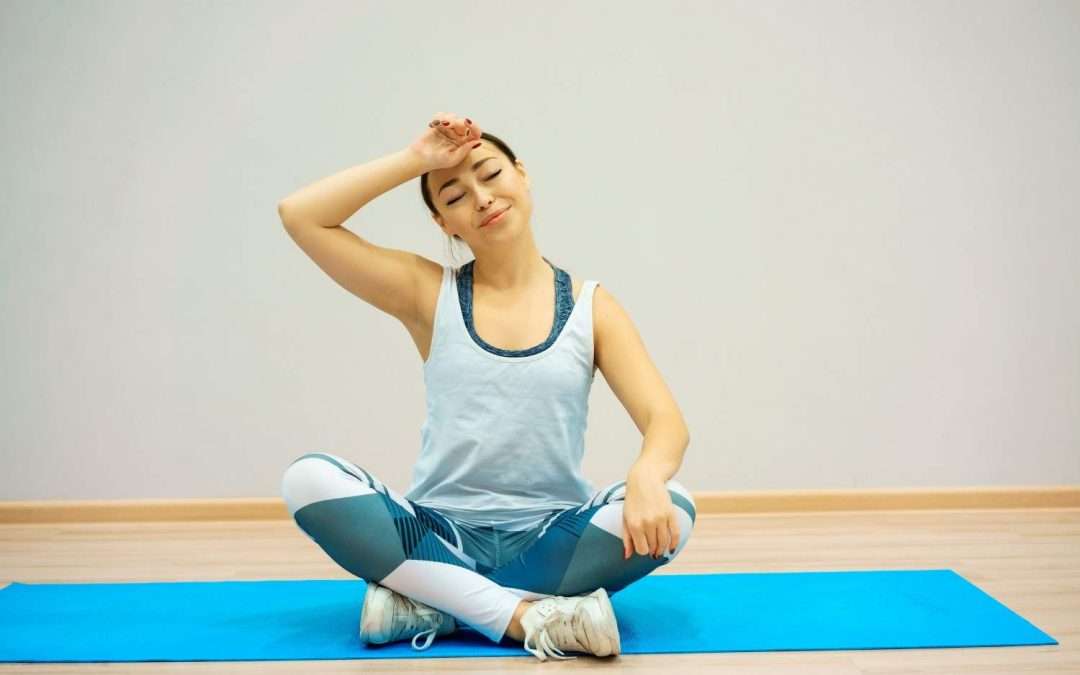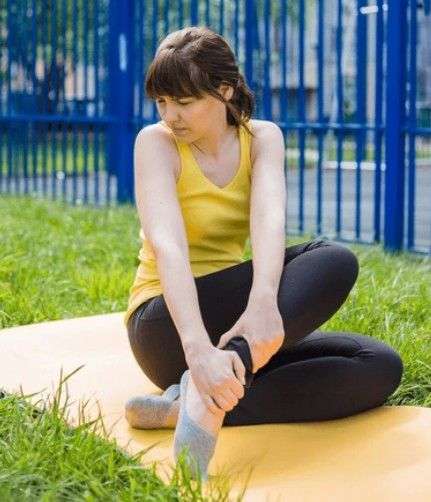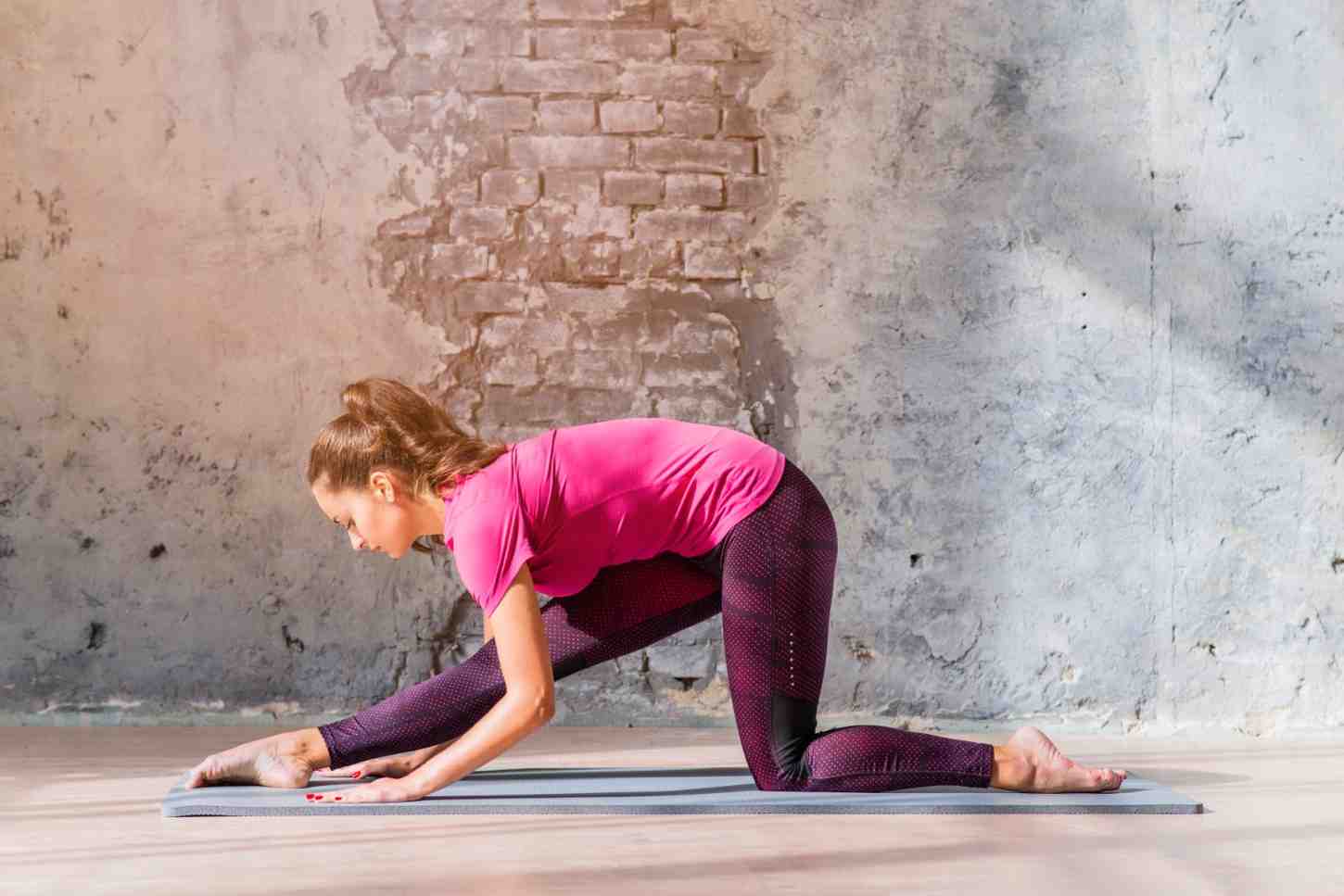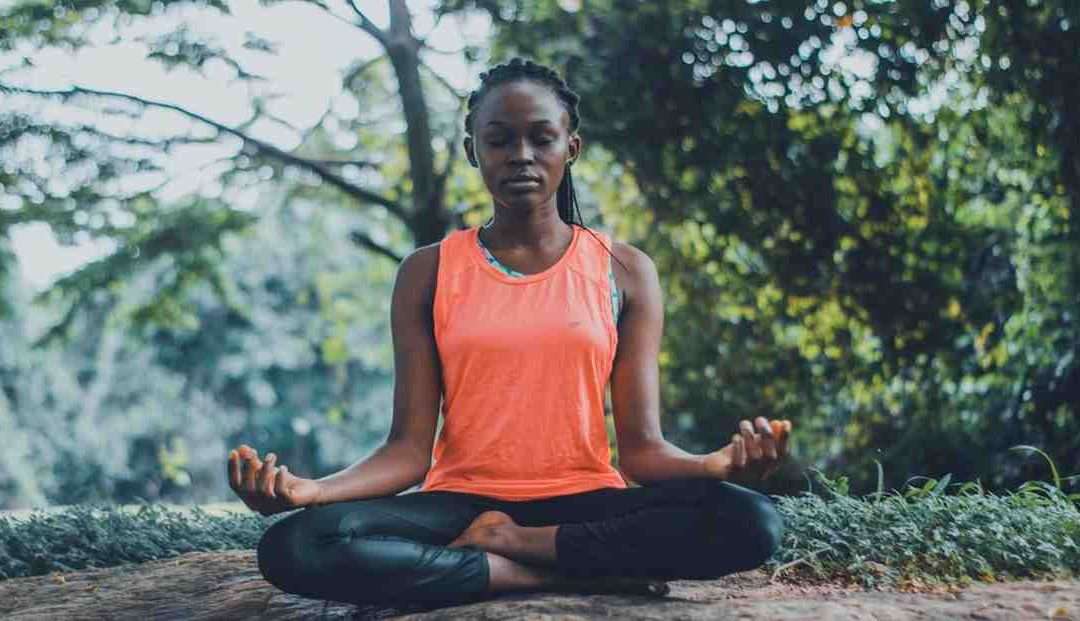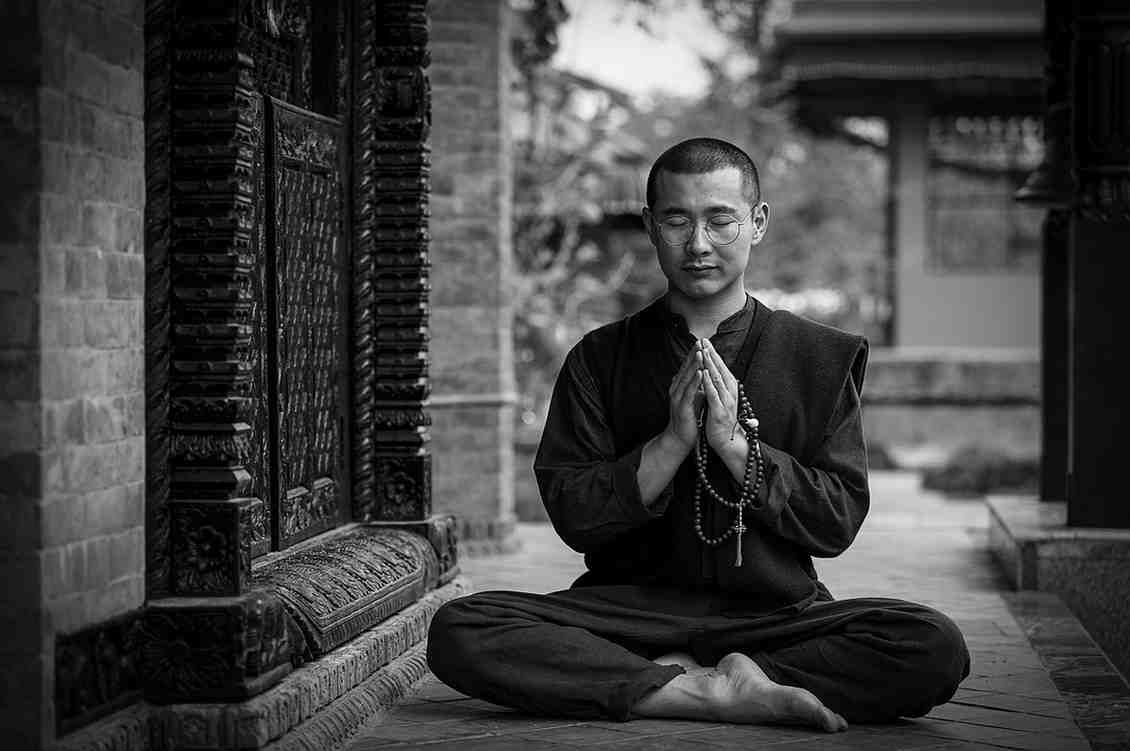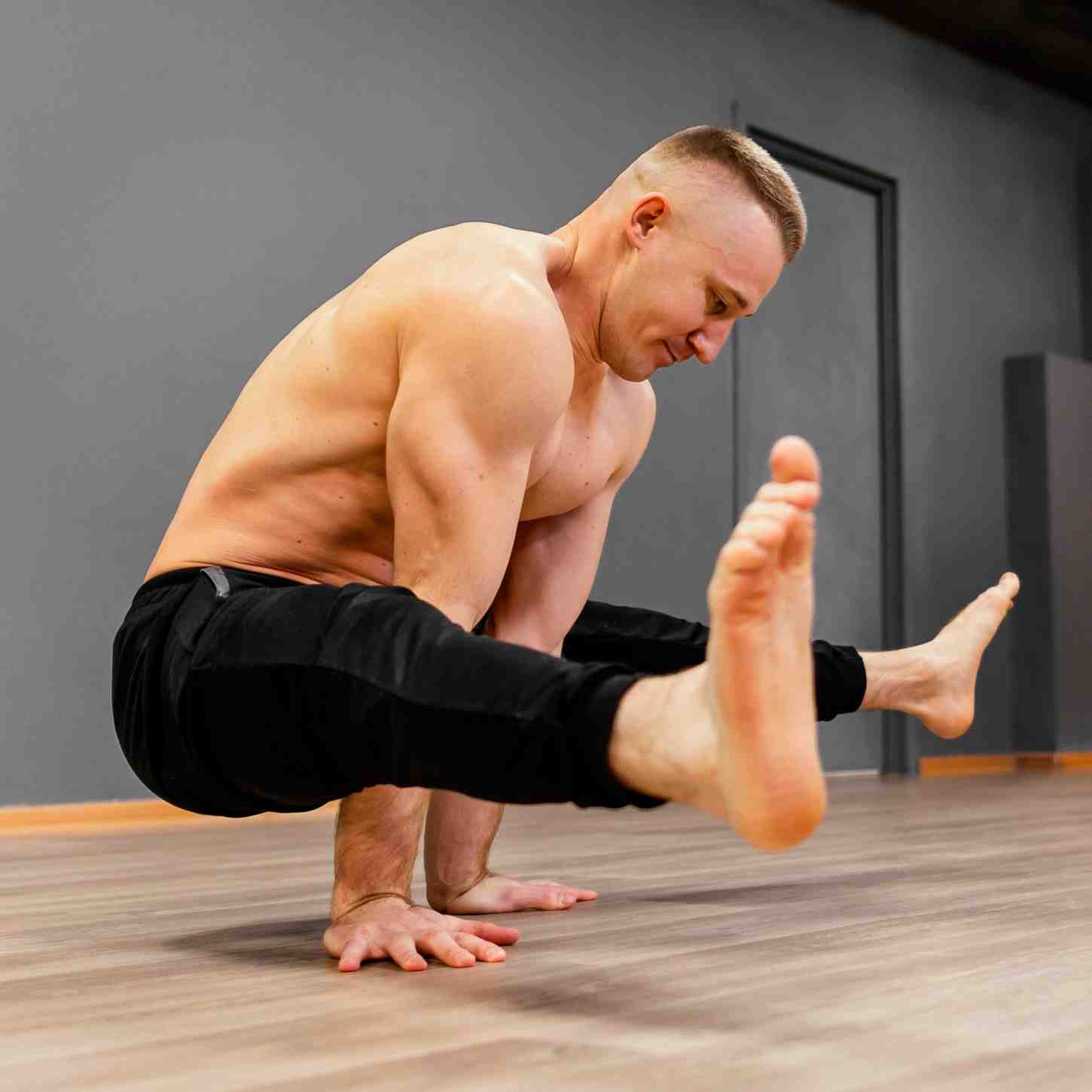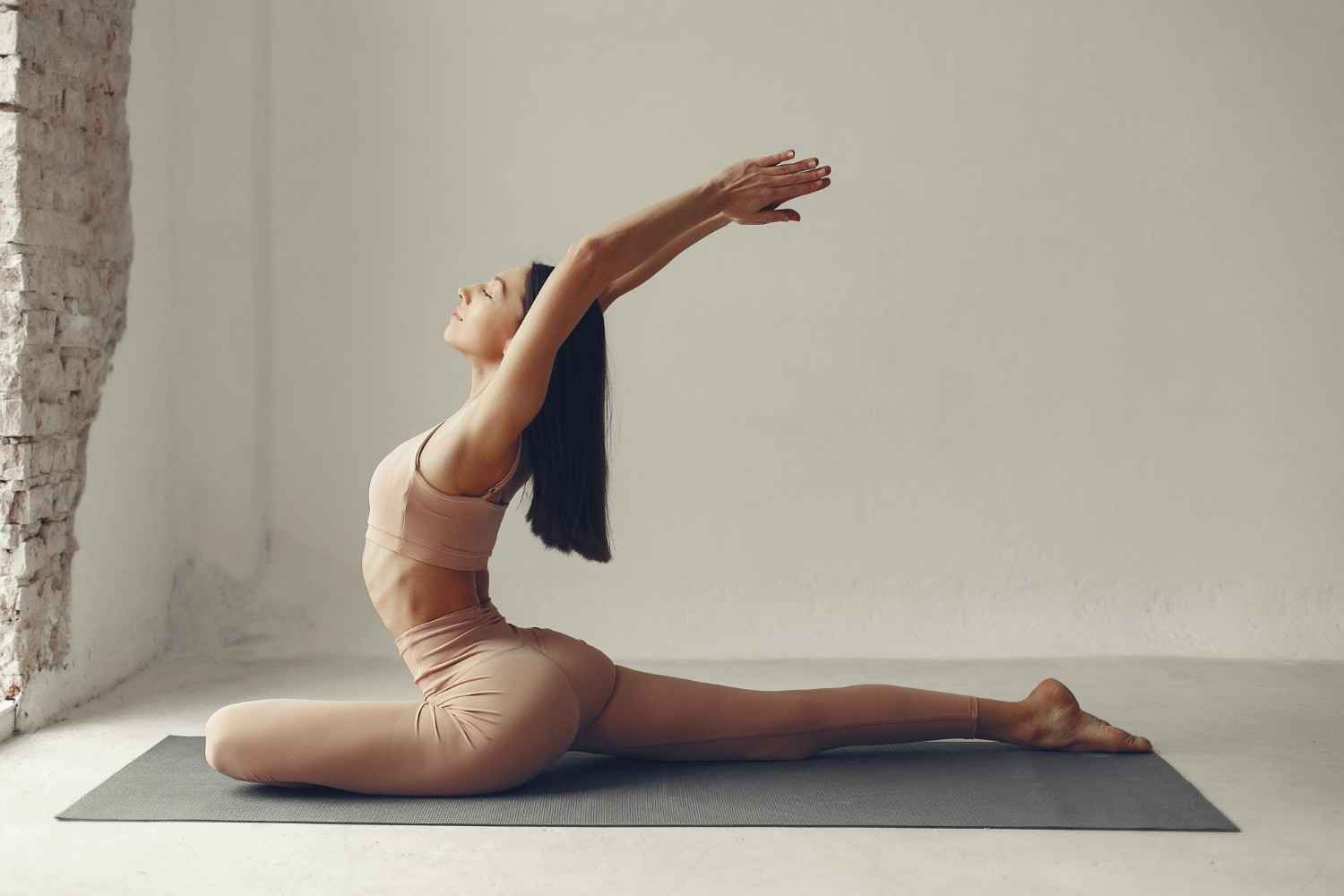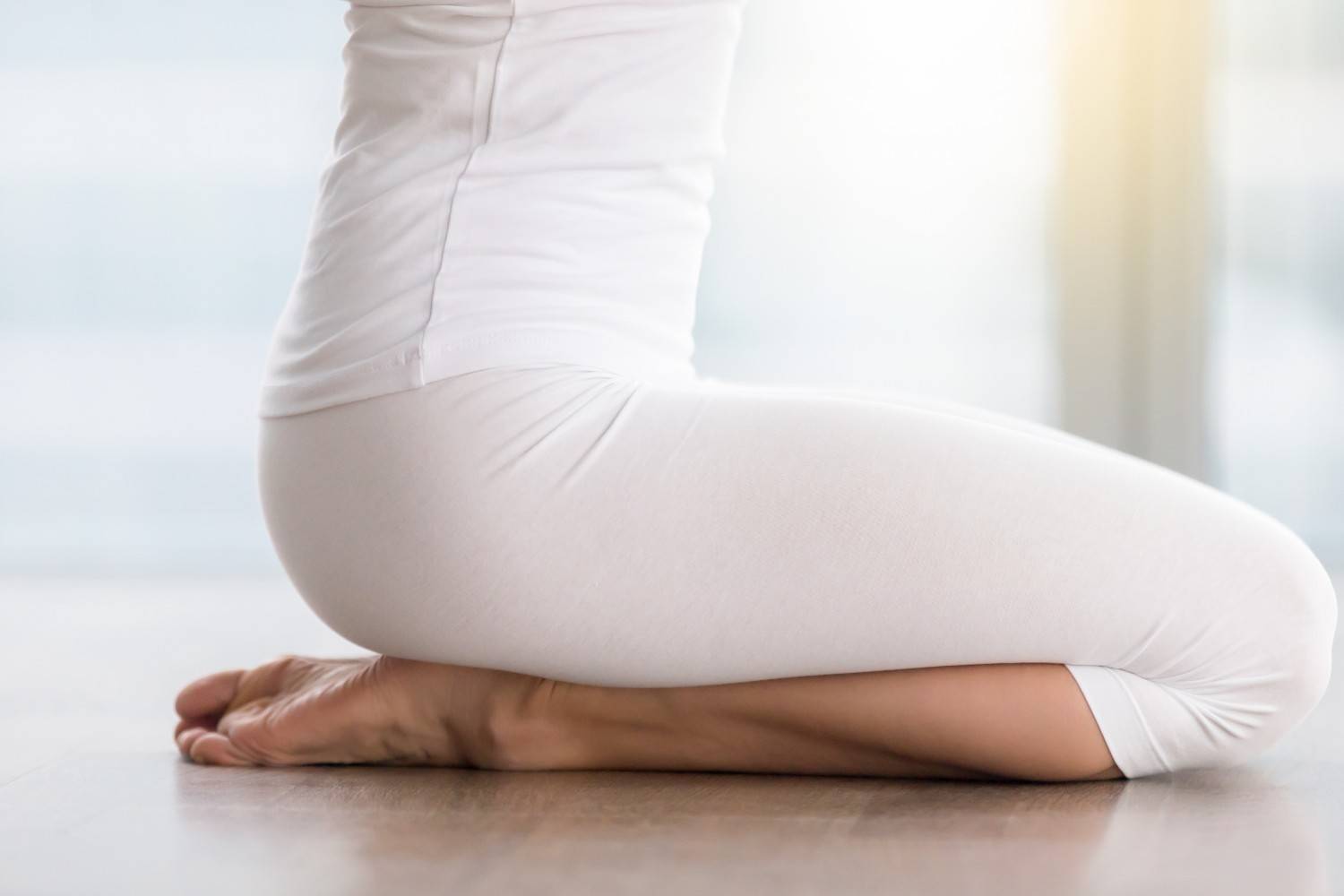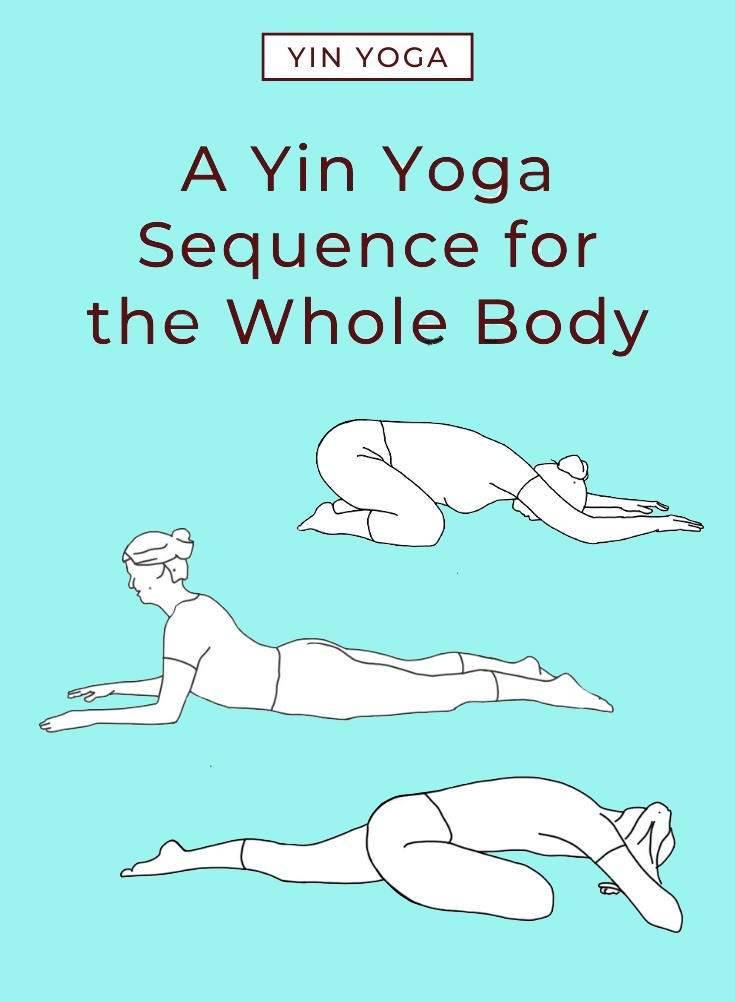
7 Meditation Techniques for Stress Relief and Mental Clarity
In today’s fast-paced world where meditation seems an inevitable part of daily life, finding moments of peace and clarity is essential to our well-being Meditation, an ancient practice with its roots in various cultures, gives us a way a means of inner peace and clarity of mind .

By calming the mind and focusing it inward, meditation can reduce stress, promote relaxation, and increase overall mental health. If you are new to meditation or want to explore different options, here are seven meditation practices to reduce stress and keep your mind clear:
Mindfulness Meditation:
Mindfulness meditation involves paying attention to the present moment without judgment. Find a quiet space, sit comfortably, and focus your attention on your breath, bodily sensations, or the environment around you. Whenever your mind wanders, gently bring your focus back to the present moment. Mindfulness meditation cultivates awareness, reduces stress, and enhances emotional regulation.
Guided Visualization:
Guided visualization involves imagining peaceful scenes or experiences to evoke feelings of relaxation and positivity. You can use guided meditation recordings or create your own visualizations. Close your eyes, take deep breaths, and visualize yourself in a serene setting—a tranquil beach, a peaceful forest, or a meadow bathed in sunlight. Engage all your senses to make the visualization as vivid as possible, allowing yourself to immerse in the calming imagery.
Body Scan Meditation:
Body scan meditation is a technique that involves systematically scanning your body from head to toe, focusing on each body part and noticing any sensations without judgment. Start at your toes and slowly work your way up, paying attention to any areas of tension or discomfort. With each breath, release any tension you encounter, allowing your body to relax deeply. Body scan meditation promotes relaxation, reduces muscle tension, and increases body awareness.
Loving-Kindness Meditation (Metta):
Loving-kindness meditation, also known as Metta meditation, involves cultivating feelings of love, compassion, and goodwill towards oneself and others. Begin by directing loving-kindness towards yourself, silently repeating phrases like “May I be happy, may I be healthy, may I be safe, may I live with ease.” Then, extend these wishes to loved ones, acquaintances, and eventually to all beings. Practicing loving-kindness meditation fosters empathy, reduces negative emotions, and strengthens interpersonal connections.
Breath Counting Meditation:
Breath counting meditation is a simple yet effective technique for focusing the mind and calming racing thoughts. Sit comfortably with your eyes closed and take slow, deep breaths. As you inhale and exhale, count each breath silently, starting from one and going up to ten. If you lose track or become distracted, gently return to counting from one. Breath counting meditation enhances concentration, reduces stress, and promotes mental clarity.
Mantra Meditation:

Mantra meditation involves repeating a word, phrase, or sound (mantra) silently or aloud to focus the mind and induce a meditative state. Choose a mantra that resonates with you—such as “Om,” “peace,” or “love”—and repeat it rhythmically with each breath. Allow the mantra to become a focal point, gently guiding your awareness away from distracting thoughts. Mantra meditation calms the mind, enhances concentration, and facilitates inner peace.
Walking Meditation:
For those who struggle with sitting still for extended periods, walking meditation offers an alternative way to cultivate mindfulness and presence. Find a quiet outdoor space or walk indoors in a relaxed manner. Pay attention to the sensations of walking—the feeling of your feet touching the ground, the rhythm of your steps, and the movement of your body. Stay present and aware of your surroundings without getting lost in thought. Walking meditation promotes grounding, reduces stress, and enhances mindfulness in motion.
Incorporating meditation into your daily routine can be a transformative practice for managing stress and nurturing mental clarity. Whether you choose to meditate for a few minutes or longer periods, the key is consistency and gentle perseverance. By exploring different meditation techniques and finding what resonates with you, you can embark on a journey towards inner peace, resilience, and well-being.

